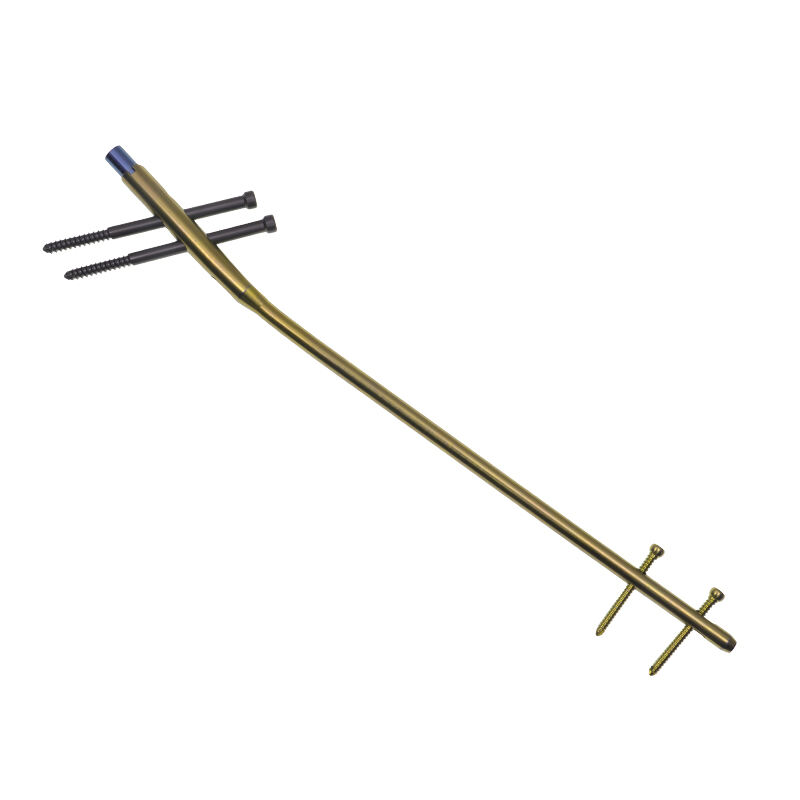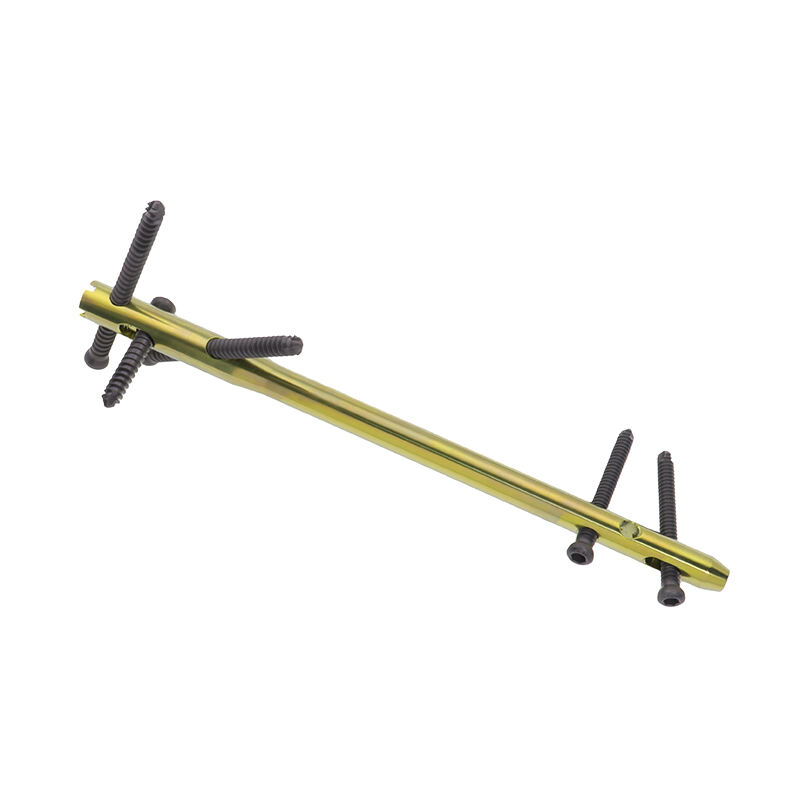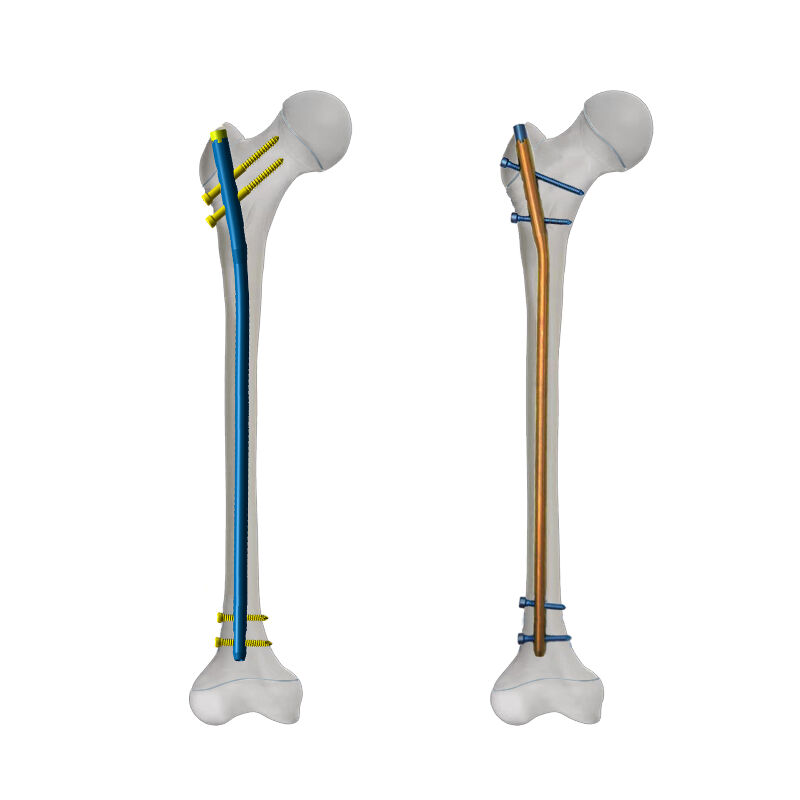interlocking intramedullary nail
The interlocking intramedullary nail represents a revolutionary advancement in orthopedic trauma surgery, specifically designed for the treatment of long bone fractures. This sophisticated medical device consists of a metal rod inserted into the medullary cavity of long bones, complemented by interlocking screws that provide rotational stability and axial control. The nail's design incorporates carefully engineered features including precise diameter specifications, anatomically contoured shapes, and multiple locking options to accommodate various fracture patterns. Its primary function is to provide immediate stability to fractured bones while promoting optimal healing conditions. The device's construction typically utilizes biocompatible materials such as titanium alloys or stainless steel, ensuring both durability and compatibility with the human body. Modern interlocking nails feature guide holes at both proximal and distal ends, allowing for the insertion of locking screws that prevent rotation and maintain proper bone length. This system effectively addresses complex fractures, including comminuted and spiral patterns, while minimizing soft tissue disruption during the surgical procedure. The technology has evolved to include specialized designs for specific anatomical locations, such as femoral, tibial, and humeral applications, each optimized for the unique biomechanical demands of these different bone structures.


